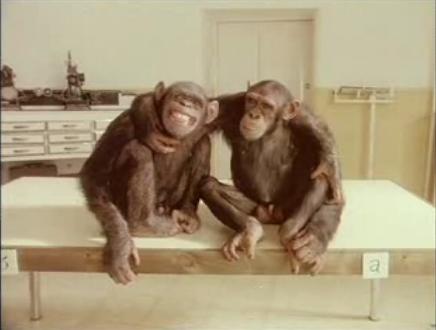Palm oil puts squeeze on Asia's endangered orangutan
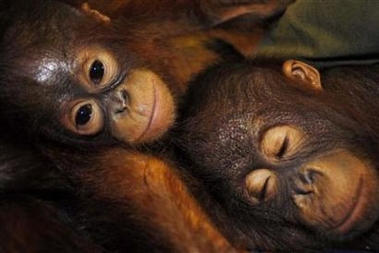
By Gillian Murdoch Mon May 28, 12:08 AM ET
PALANGKARAYA, Central Kalimantan (Reuters) - Bound hand and foot, disheveled orangutans caught raiding Borneo's oil palm crops silently await their fate as a small crowd of plantation workers gather to watch.
ADVERTISEMENT
Lacking only hand-cuffs and finger-printing to complete the atmosphere of a criminal bust, such "ape evictions" have become part of life for Asia's endangered red apes.
Thousands have strayed into the path of international commerce as Indonesia and Malaysia, their last remaining habitats, race to convert their forests to profitable palm crops.
Branded pests for venturing out from their diminishing forest habitats into plantations where they eat young palm shoots, orangutans could be extinct in the wild in ten years time, the
United Nations said in March.
Fighting against this grim prediction is the Nyaru Menteng Borneo Orangutan Survival (BOS) centre in Central Kalimantan, which rescues orangutans and returns them to the wild at the cost of US$3,000 per ape.
"They will kill the animals if we don't go ... It's cheaper to kill the orangutan than put up a fence or snares," said Lone Droscher-Nielsen, the Danish-born founder of the centre.
While harming the apes is illegal, her centre has amassed a slew of photographs of the grisly fates of some plantation trespassers: Apes with their hands cut off and slashed to death with machetes, and others with bullets through their foreheads.
With dozens captured this year, cages are full, and finding secure land for releases is a constant challenge for the centre.
"It's not just orangutans -- bears, gibbons -- everybody is losing their home," said Droscher-Nielsen.
"If it was only the orangutan, people just say: 'Well it's only one species that's going to go extinct'. But it's not just one species. Those forests have millions of animals in them that are all going to go extinct if we continue."
SQUEEZED OUT
Indonesia and Malaysia together produce 83 percent of the world's palm oil. Made by crushing fresh fruit, the reddish-brown oil is riding high in the commodities charts, with crude prices up over 15 percent this year after rising 40 percent in 2006.
Used in cookies, toothpaste, ice cream and breads it is the world's second most popular edible oil after soy.
Demand is also soaring for palm oil-derived biofuel, despite objections from critics who slam the "green" alternative to pricey crude oil as "deforestation diesel" because of the destruction wreaked on forests to make way for palm plantations.
Of 6.5 million hectares cultivated in Malaysia and Indonesia in 2004, almost four million hectares was previously forest, environment group Friends of the Earth calculated.
For orangutan, the clearances are a matter of life and death.
"You can see how desperate the situation is," said forestry department official Sugianto, 43, as he gestured at row after row of palms in the ape's last stronghold, Central Kalimantan.
"The company knows the orangutan has a protected status ... if they have a permit to clear 60,000 hectares they clear 60,000 hectares, orangutan or not. They only care about their profit."
Caught and reported to the Borneo Orangutan Survival centre by plantations who say they are trying to be responsible stakeholders, healthy animals are re-released deep in the forest. Those too injured or too young to survive alone join 600 others at the rehabilitation centre.
Forty local Dayak women look after the current crop of 18 palm oil "orphans," whose mothers have been killed; bottle-feeding them milk, administering medicine and supervising their climbing and nest-building.
"Some people still think it is a strange job, but others think it is normal now," said 31-year old Sukawati.
After "forest school," the apes graduate to eventual release.
"They are cute and funny," said Sukawati. "They make me laugh."
BALANCING ACT
Orangutans once ranged across Southeast Asia. Now an estimated 7,300 remain on Indonesia's Sumatra island and 50,000 on Borneo island. An estimated 5,000 disappear every year.
Decades of habitat loss through rampant illegal logging, lethal annual forest fires, and poachers who earn hundreds of dollars for capturing orangutans for the illegal pet trade have all taken their toll.
But this latest threat is the worst, experts said.
"The orangutans can withstand a certain degree of logging, as most loggers don't take the orangutan food trees," said Bhayu Pamungkas of the World Wide Fund for Nature.
"But they have no chance with oil palm -& there's no chance for the orangutan if they clear-cut all the forest."
To rescue the industry's green credentials, several Indonesian and Malaysian palm oil companies have joined the Roundtable on Sustainable Palm Oil (RSPO), whose voluntary criteria include a ban on clearing primary forests and areas of high conservation value, such as forests containing orangutan.
Its more than 150 members also include major European end-users like Cadbury-Schweppes, Unilever and the Body Shop, that together take 40 percent of Asian exports, and who want to buy non-destructive palm oil.
But securing private sector support is a balancing act, said Fitrian Ardiansyah, 32, an RSPO board member.
"There is some genuine intention from progressive companies to distinguish between them and the bad guys," he said.
"But if the push is too hard for them it's not going to be too difficult to switch the market to China and India, and emerging markets like the Middle East and Africa."
TREES AND PRIORITIES
Like whales, pandas, polar bears, and tigers, shaggy orange orangutan are classed "charismatic megafauna" by academics - endangered animals whose plight provokes compassion and concern.
Cute as they may be, their supporters need to keep perspective, said Derom Bangun, executive chairman of Gapki, the Indonesian Palm Oil Association, and an RSPO member.
"We should see the whole picture, not only the orangutan. They try to manipulate emotional side of orangutans so that housewives in Europe find it very pitiful," he said.
The country's clearance of almost 1.9 million hectares of forest a year between 2000 and 2005, Asia's worst deforestation rate, also needs to be seen in its economic context, Bangun said.
While the government does need to better define which forest areas are to be preserved, not all will be kept, he said.
"Other countries chopped down their forests when they were developing their countries. If they would like us to preserve more than we can, they should do something to help us."
But while plantation workers have some choice whether they want to buy into the motorbikes and mobile phones offered by palm's economic opportunities, orangutans have no such choice, those on the front-line point out.
"I'm not against palm oil," said Droscher-Nielsen. "(But) if there's not proper protection of the forest the orangutans are not going to make it."
(Additional reporting by Mita Valina Liem in Jakarta)
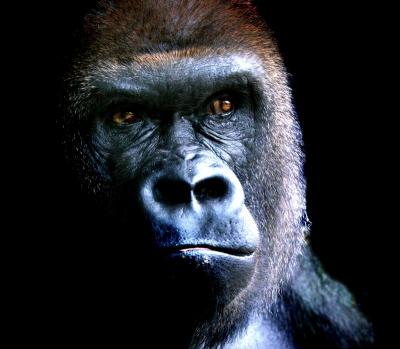
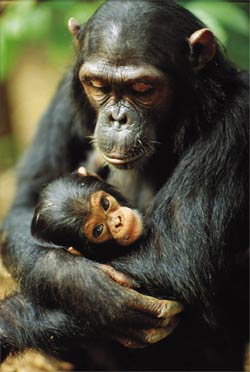
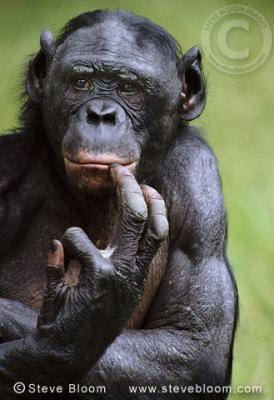
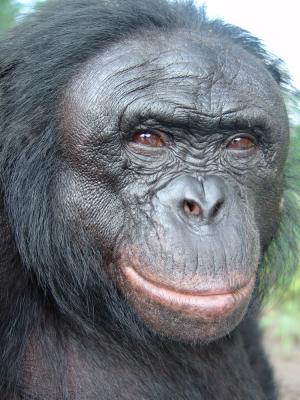
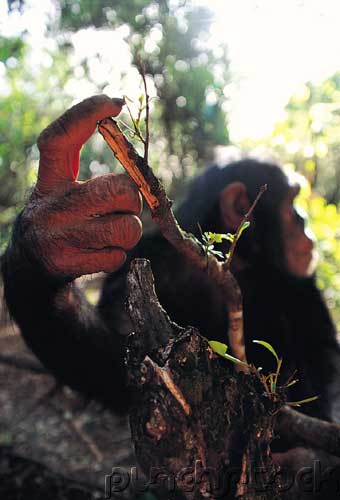
 Una parella d'orangutans i la seva cria, en una reserva d'animals a Indonèsia. Foto: ARXIU / AP
Una parella d'orangutans i la seva cria, en una reserva d'animals a Indonèsia. Foto: ARXIU / AP 
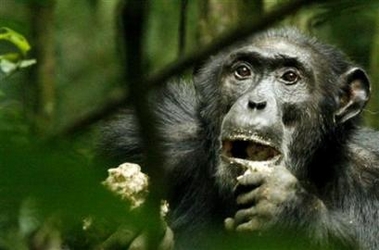
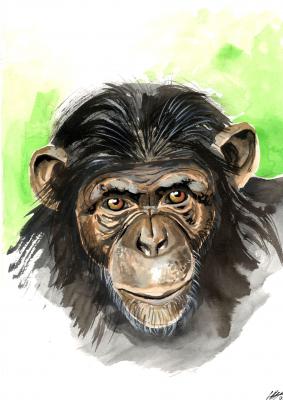
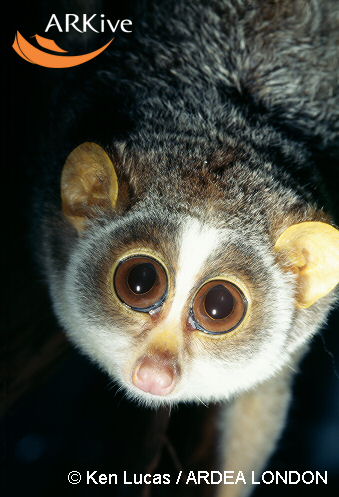 Article published Jan 16, 2007
Article published Jan 16, 2007 Una nena observa els participants del Zoo Humà, a Adelaide. Foto: REUTERS / MATT TURNER
Una nena observa els participants del Zoo Humà, a Adelaide. Foto: REUTERS / MATT TURNER 


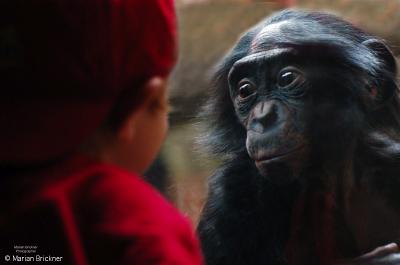
 Publicado en La Vanguardia del 22 de diciembre de 2006.... Los chimpancés del anuncio de la Marató de TV3 eran actores.... alguien se lo cree??
Publicado en La Vanguardia del 22 de diciembre de 2006.... Los chimpancés del anuncio de la Marató de TV3 eran actores.... alguien se lo cree??
